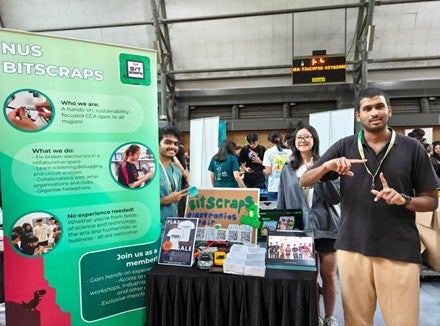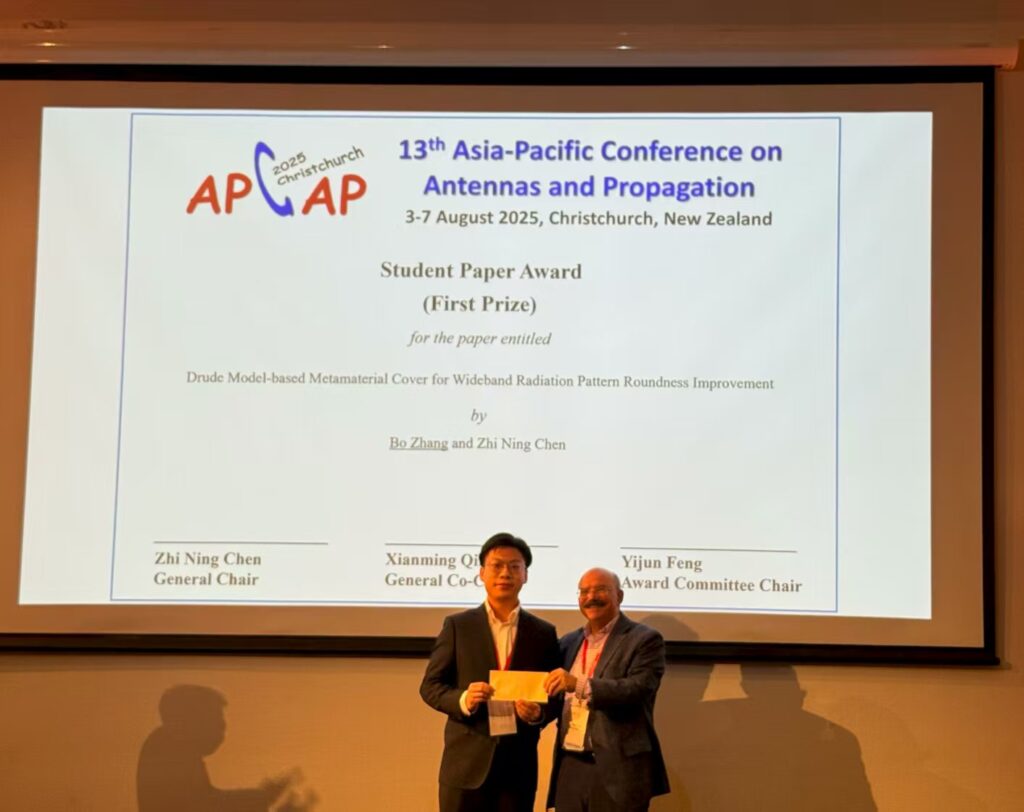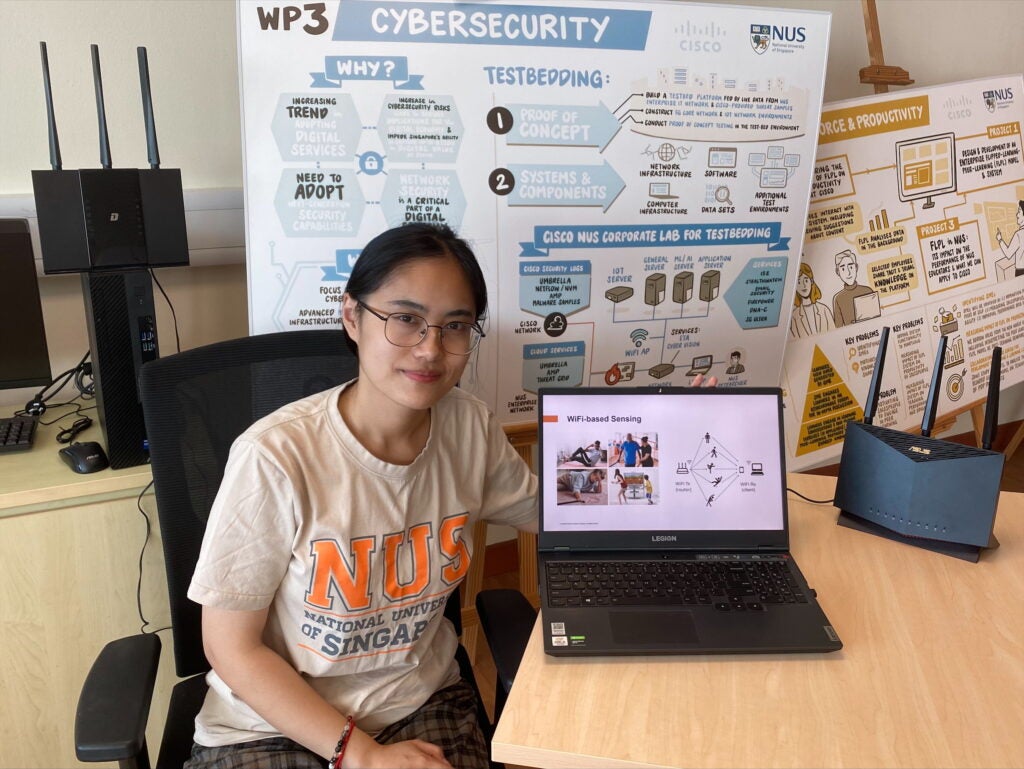The Institute of Engineers, Singapore (IES) recently held its National Engineers Day, including the announcement of the winners of the IES Prestigious Engineering Achievement Awards 2020.
The annual awards recognise “outstanding contributions of local engineers to advancing engineering and enhancing the quality of life of Singaporeans”.
Out of 50 submissions, NUS Engineering is proud to have four projects among the named winners, recognising the impact and influence of our Engineering faculty and researchers.
APPLIED RESEARCH AND DEVELOPMENT CATEGORY
Small-scale Wireless Bioelectronics for Remote-controlled Phototherapy
Professor Zhang Yong from the Department of Biomedical Engineering and Assistant Professor John Ho from the Department of Electrical and Computer Engineering (ECE) led the development of nanoparticle clusters that emit light when wirelessly activated with infrared.
These can be used to trigger specific biological processes deep within the human body, such as to activate special drugs targeting cancer cells.
Neuro-Inspired Electronic Skin Nervous System for Intelligent Autonomous Robotics
The Asynchronous Coded Electronic Skin (ACES) is a robust artificial nervous system that can give robots and prosthetics a sense of touch, developed by Assistant Professor Benjamin Tee (Courtesy Appointment) and his team.
ACES can detect touch more than 1,000 times faster than the human sensory nervous system and can also accurately identify the shape, texture and hardness of objects within 10 milliseconds.
YOUNG CREATORS CATEGORY
A Wearable, Patient-Adaptive Freezing of Gait Detection System with Biofeedback Cueing for Parkinson’s Disease Patients
Freezing of gait (FoG) is a symptom of Parkinson’s disease, where the patient suddenly finds themselves unable to walk. As part of his PhD thesis, Dr Val Mikos designed a small ankle-worn device that can detect FoG and provides sound and tactile cues to help the patient regain their stride.
This was supervised by Associate Professor Arthur Tay and Associate Professor Heng Chun-Huat from the Department of Electrical and Computer Engineering.






